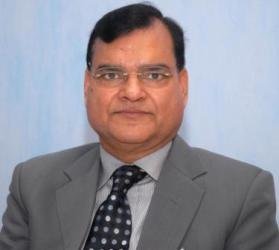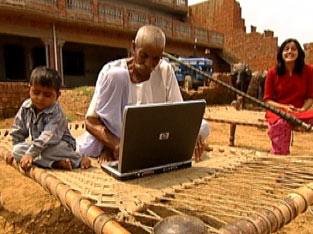Telecom Lead India: BSNL Chairman RK Upadhyay said its Tier II and III town focus will enable BSNL to compete with RIL’s 4G LTE broadband services.

“We are capable of competing with Reliance Industries-promoted Infotel Broadband when they launch their 4G LTE services. Our main focus is in Tier II and III towns where the actual telecom growth is happening. Our expansion plans will be in these cities,” BSNL chairman and managing director RK Upadhyay told TelecomLead.com.
The company will be announcing new broadband tariff and plans in coming months to thwart competition. BSNL is still commanding around 64 percent market share in fixed broadband segment as private telecom operators are yet to tap these markets.

BSNL is also going ahead with its current Capex plans. GSM expansion is in the final stage of finalization. It has finalized deals with ZTE and Alcatel-Lucent.
According to Upadhyay, its vast reach will assist BSNL to retain market share. BSNL offers broadband services in over 170,000 villages and it has a market share of over 64 per cent. BSNL is the largest internet service provider in the country. BSNL provides broadband on wireline (ADSL 2+) and fiber-to-the-home (GPON/GEPON) wireless broadband on the WLL, EVDO, 3G and 4G (WiMAX) platforms. BSNL has presence in almost all district and block headquarters.
According to a recent Huawei report, more than 60 percent of current broadband subscribers reside in the top ten metros and tier-I cities and more than 75 percent connections belong to top 30 cities. Only 5 percent of the broadband connections are in rural areas in comparison to 31 percent of total mobile telephones.
BSNL is aggressive in broadband market. It has already started offering broadband services with bundled computers. The operator is also providing free broadband modems to rural customers in association with the Universal Service Obligation Fund administration.

Its recent expansion and new launches is expected to assist BSNL to clock revenues of Rs 30,000 crore in the current financial year, up 7 percent over 2011-12.
Though RIL and BSNL will be competing for market share, BSNL was in talks with RIL for sharing around 24,000 of its towers.
RIL is likely to launch broadband services in 2013.
Recently, Infotel Broadband signed a Memorandum of Understanding with the Karnataka government to set up a new unit in Devanahalli for Rs 3,300 crore.
RIL’S Infotel Broadband had recently announced its plan to establish 1, 00,000 new towers for its 4G operations.
Mukesh Ambani’s RIL spent around Rs 12,848 crore for BWA spectrum.
Mobile broadband will be a catalyst for India’s telecom growth. According to Huawei, the non-voice /data revenue is expected to increase from US$ 3.9 billion in 2011 to US$ 19.3 billion by 2020, registering a 400 percent growth. On the other hand, the voice revenues are expected to decline from US$ 34.7 billion in 2011 to US$ 31.5 billion by 2020, registering a negative growth of 9.5 percent.





